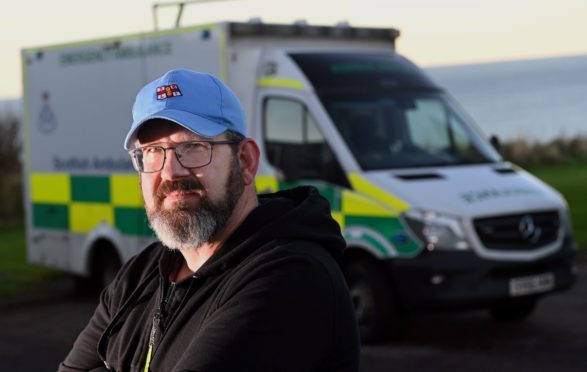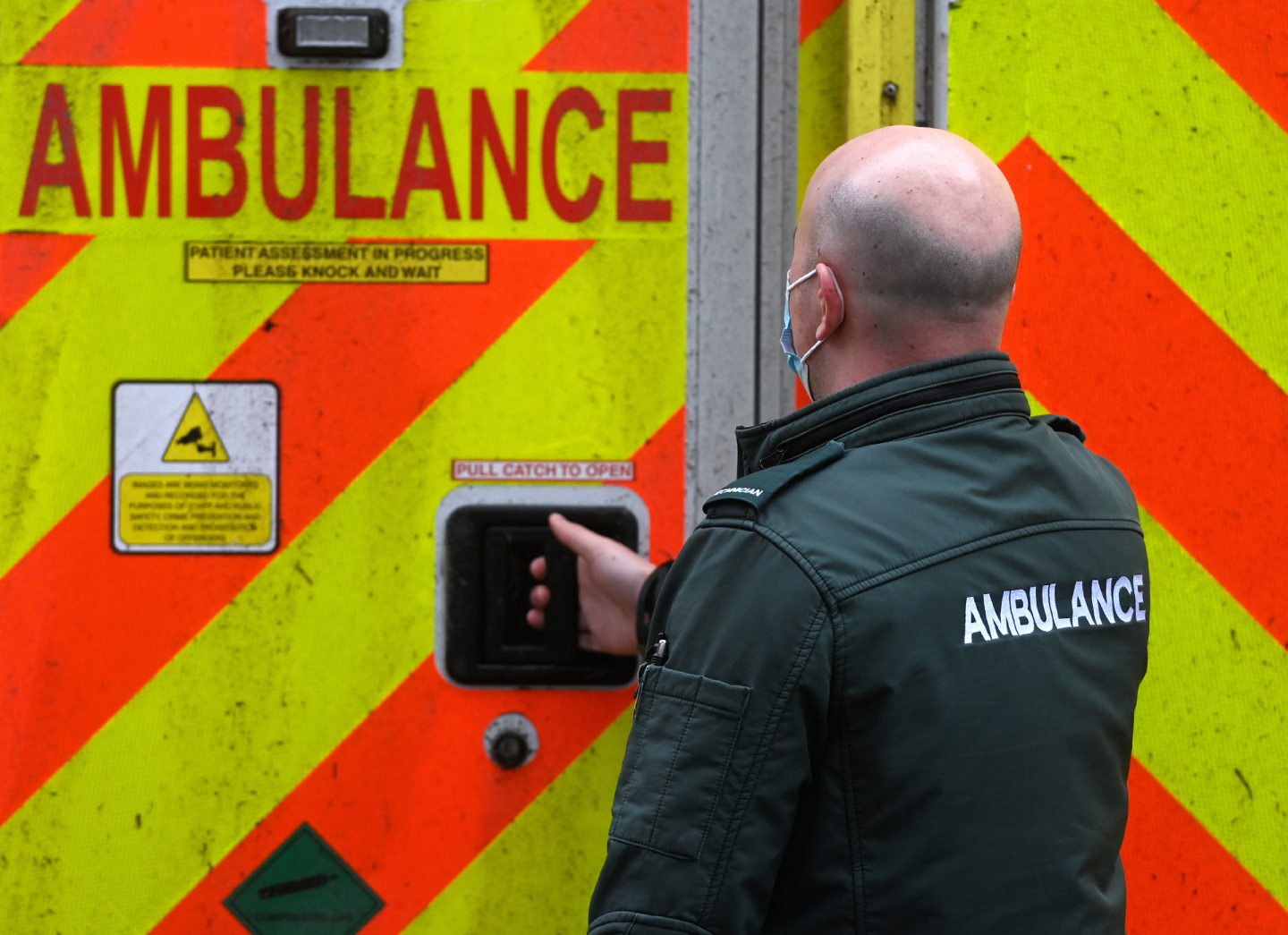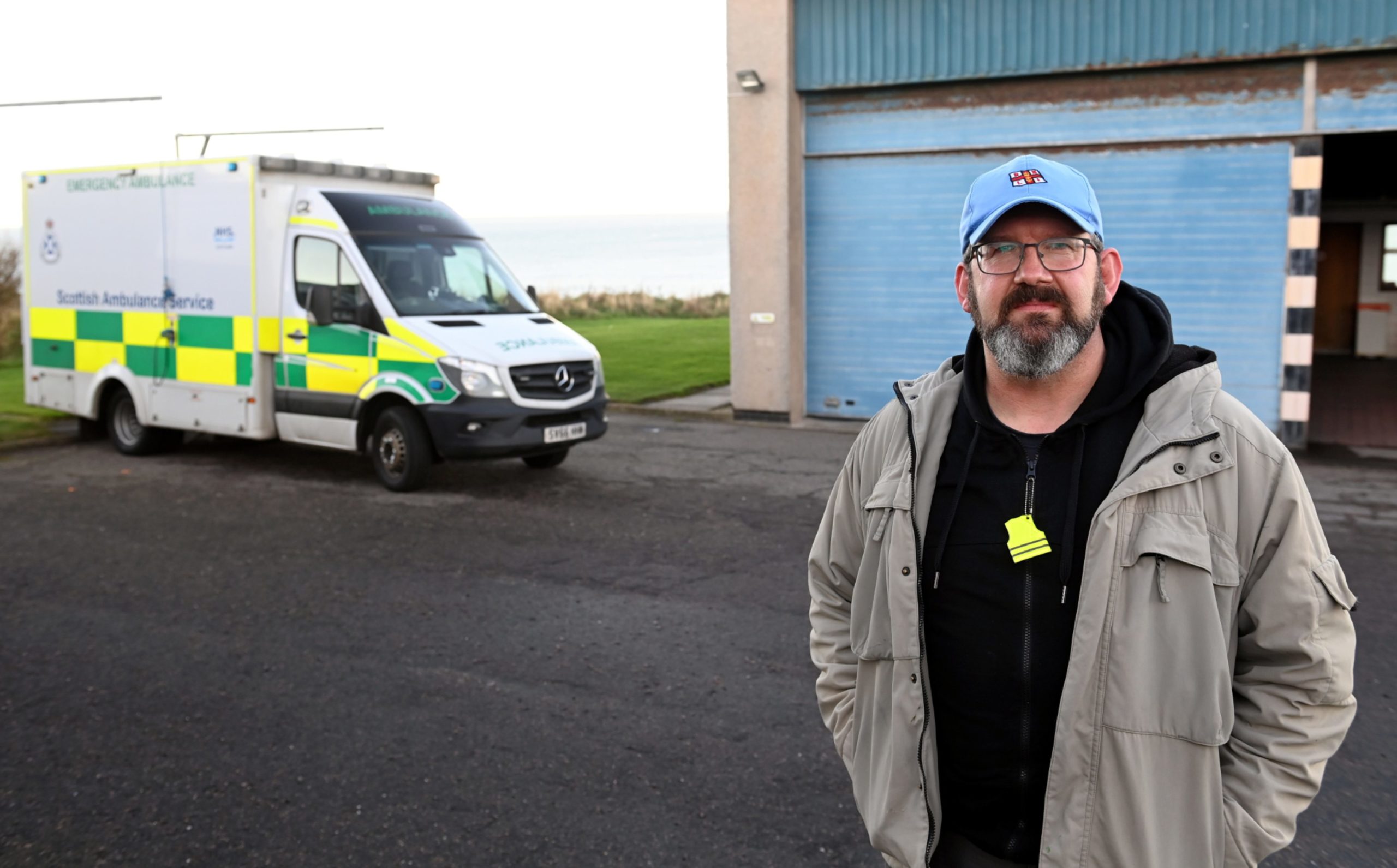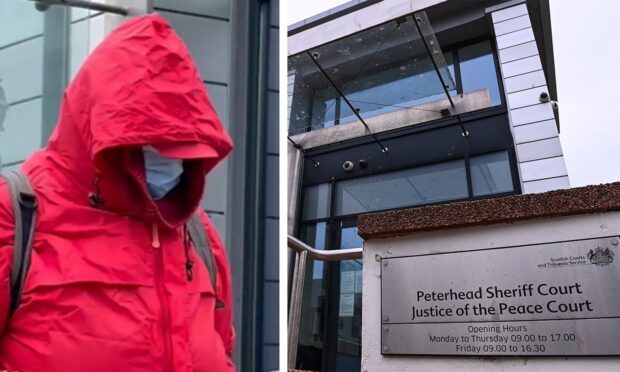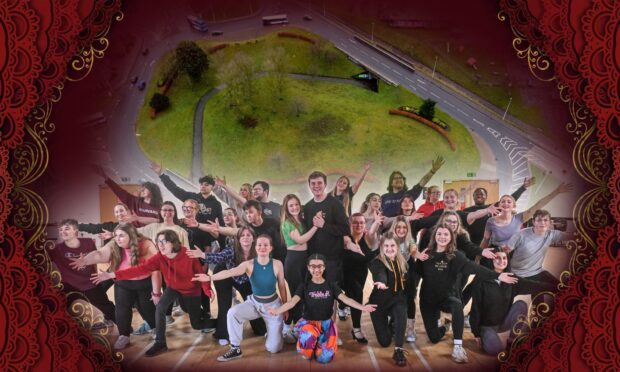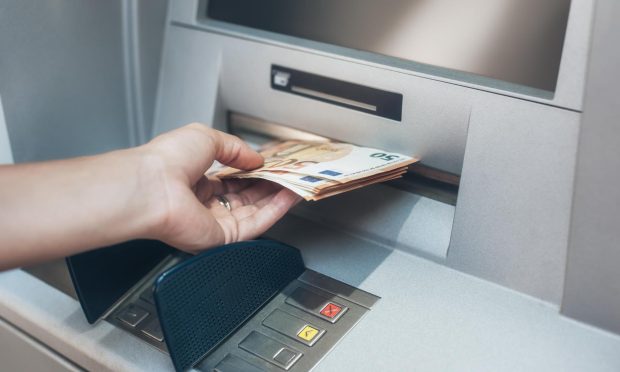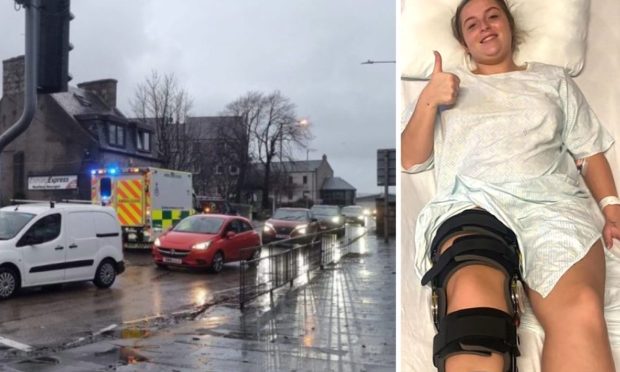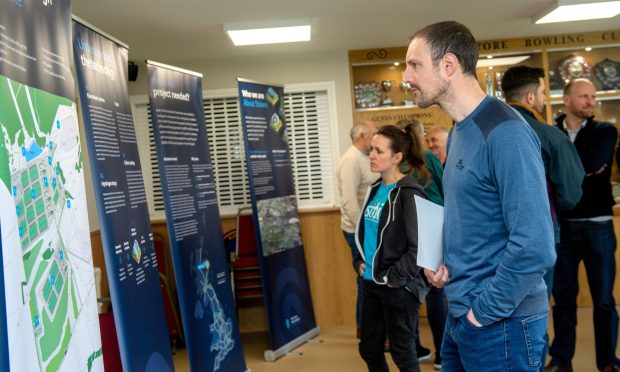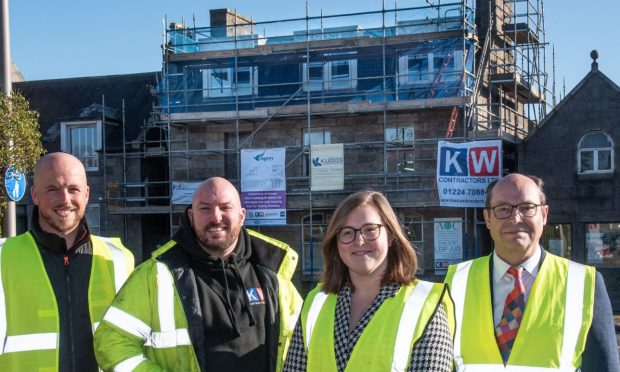Concerns have been raised about increasing ambulance waiting times across the north-east.
New figures obtained by the Scottish Conservatives show that in life-threatening situations last year the average length of time taken to respond to a 999 call in Banff was nearly 13 minutes.
This compares to just over five minutes in Aberdeen, almost nine minutes in Ellon, six minutes in Fraserburgh, 10-and-a-half minutes in Inverurie, nearly seven minutes in Peterhead and more than nine minutes in Stonehaven.
The Scottish Ambulance Service performance figures show the average waiting times for ambulances during the most serious situations over the last few years.
The national target time is eight minutes.
A spokesman for the ambulance service said crews had faced increasing pressures last year due to the coronavirus pandemic.
In previous years Aberdeen patients waited an average of nearly five minutes in 2018 and four-and-a-half minutes in 2019.
For Banff, the waiting times for those years were seven minutes and 30 seconds and 8-and-a-half minutes respectively.
The average response time in Ellon was 10 minutes and 21 seconds in 2018 and seven minutes and 53 seconds the following year.
Troup councillor Mark Findlater said he is worried about the increasing ambulance waiting times in Banff compared to other parts of the north-east.
He said: “In life-threatening emergency situations, every second counts, and it’s concerning to see the impact these varying times can have on communities such as Banff.
“Our first responders do a terrific job, but the response time can often depend on the proximity of the nearest ambulance station.
“Pressure on our responders continues to grow as they contend with the impacts of Covid as well as the bad weather.
“This makes it all the more important to treat our ambulance service with the respect they deserve and to only call 999 if you need an ambulance.
“Nationally, eight out of 10 calls made to the ambulance service did not need an ambulance which highlights the huge strain paramedics are under.”
The statistics also showed Fraserburgh’s average ambulance response time for the most serious situations was five minutes and 24 seconds in 2018, reducing to four minutes and 15 seconds in 2019.
For Inverurie in 2018 patients waited an average of eight minutes and 35 seconds and nine minutes 32 seconds 12 months later.
Peterhead’s average response time in 2018 with four minutes 54 seconds in 2018 and five minutes 51 seconds in 2019.
And ambulance crews in Stonehaven responded to emergencies on average within four minutes 52 seconds in 2018 and within more than nine minutes in 2019.
A Scottish Ambulance Service spokesman said: “Our staff work incredibly hard providing care and saving lives along with the additional pressures that have been experienced during the Covid-19 pandemic.
“Response times can be affected by a range of factors, including increased infection control measures due to coronavirus, incident location, adverse weather, road conditions and hospital turnaround times but we are doing our absolute best to get to our sickest patients as quickly as we can.
“We dispatch the nearest available ambulances to our highest acuity calls and have access to a network of community first responders, air ambulances and paramedic response units. We are also continuing to invest in new ambulance staff, new ambulances and the latest equipment as we develop and grow our workforce at pace to respond to the demands made for our services.”
